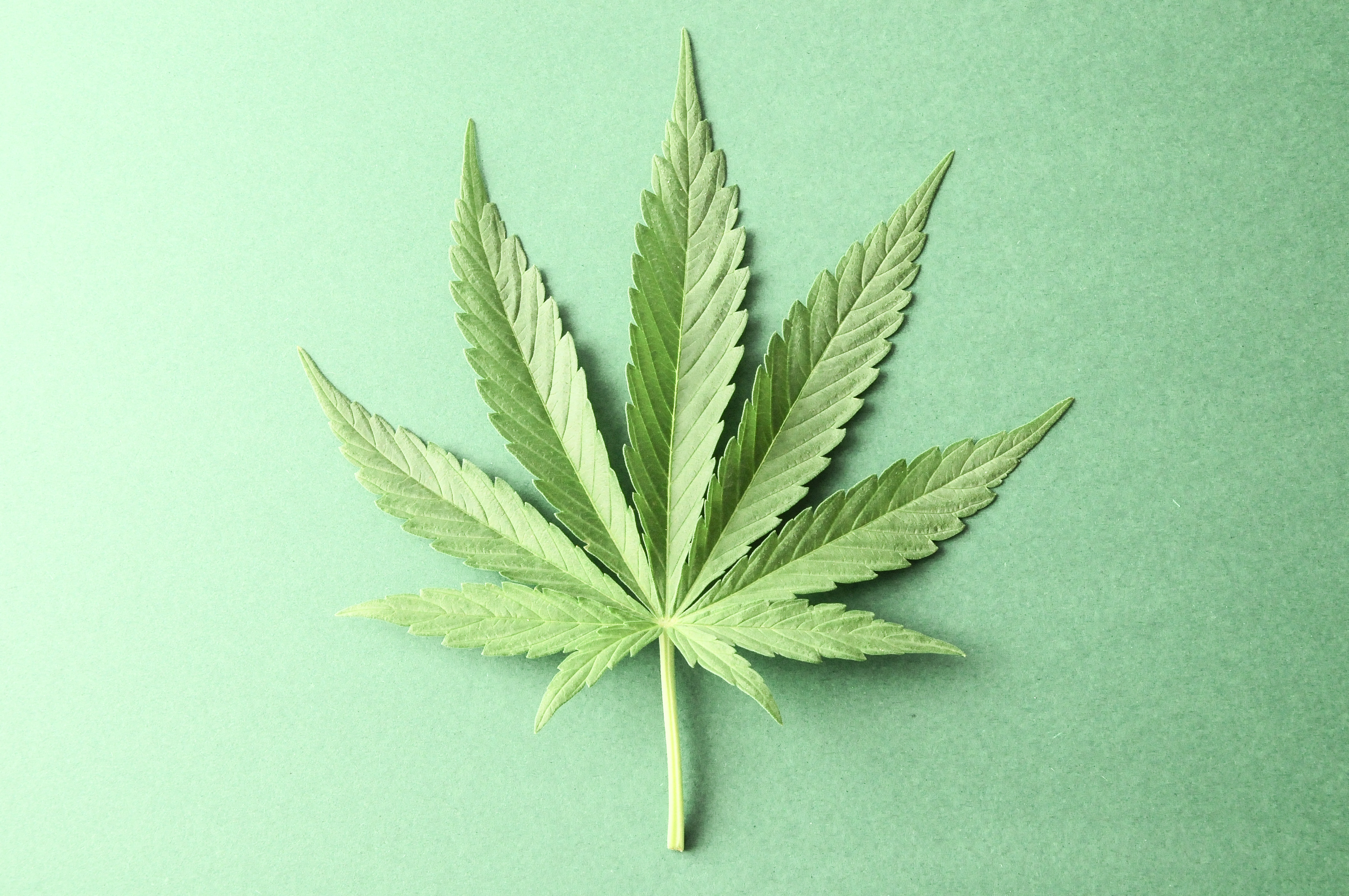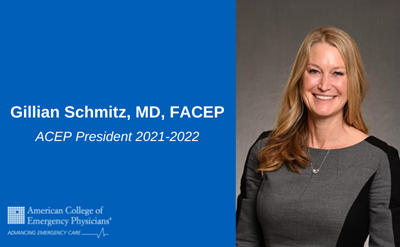WASHINGTON, D.C.—As states update marijuana regulations, emergency physicians should be mindful of the likely increase in visits to the emergency room (ER), particularly for children who accidentally ingest edible marijuana or related products, according to a new study in Annals of Emergency Medicine, Cannabis Intoxication Case Series: The Dangers of Edibles Containing Tetrahydrocannabinol.
Many edible candies or baked products containing tetrahydrocannabinol (THC) look like familiar commercially available products. For example, children are known to inadvertently eat gummies, because they look and taste just like popular candies.
"Children—and even some adults—can have trouble differentiating between candy and marijuana-infused edibles," said Kathy T. Vo, MD, Assistant Professor of Emergency Medicine at the University of California San Francisco and lead study author. "Child-resistant packaging requirements are getting stronger in some states, but the close resemblance to familiar candies still pose a significant risk to children."
The nonspecific signs of THC intoxication in children, coupled with the potential reluctance of family members to disclose the possibility of marijuana exposure, make it a difficult diagnosis for emergency physicians, the study says. Immunoassays, or drug tests, for THC in children showing signs of intoxication, can save time and money in the emergency room —if the results are available in a timely manner.
"Signs and symptoms of THC intoxication can be very similar to other common conditions," said Dr. Vo. "Emergency physicians should consider ordering tests for THC in pediatric patients with probable cause. This simple step could mean fewer diagnostic tests, enabling faster and more accurate diagnosis and treatment."
The study findings include analysis from a case series in which children were unintentionally fed THC-infused candy at a birthday party, resulting in 21 pediatric and adult patients treated at six San Francisco hospitals. For adults, high doses of cannabis can be associated with paranoia, reduced motor function and other symptoms. Less is known about the acute effects of THC on children, according to the study. In the cases analyzed, a majority of pediatric patients showed abnormal vision, dizziness, and lethargy. Other symptoms included rapid heart rate, abnormally rapid breathing or hypertension. In one case, gummy candies were sent to a lab and found to contain THC but the results were not available to the physicians during clinical assessment. In other instances, children were admitted to the hospital for observation but THC levels were not confirmed until after discharge.
The market for edible marijuana products is expanding. "More public education about the potential hazards of these products could save a child a trip to the ER," said Vo.
 American College of Emergency Physicians
American College of Emergency Physicians







